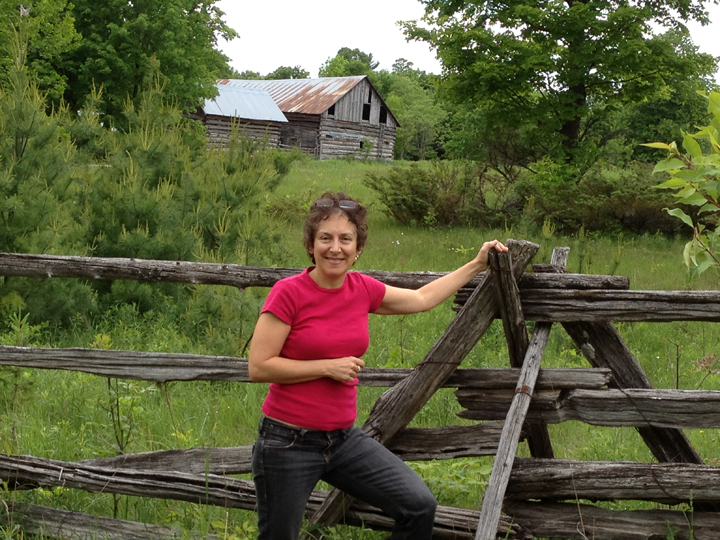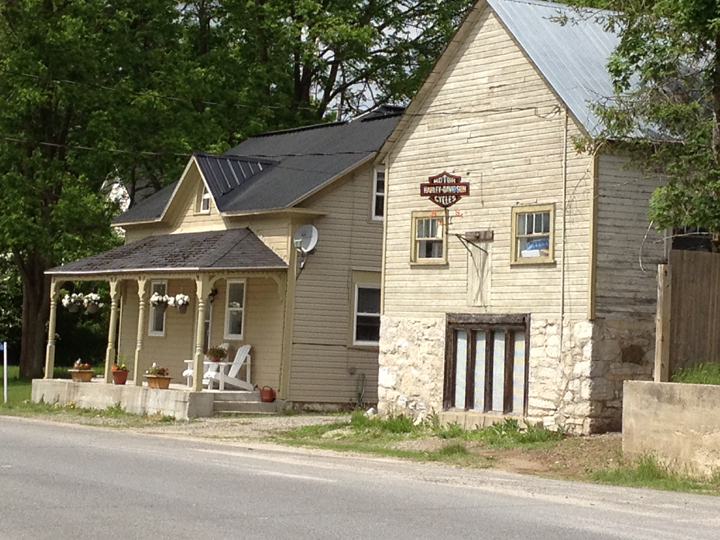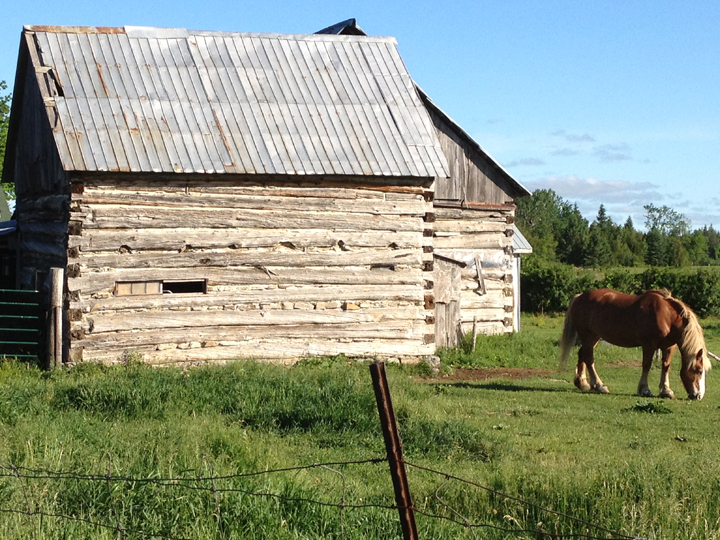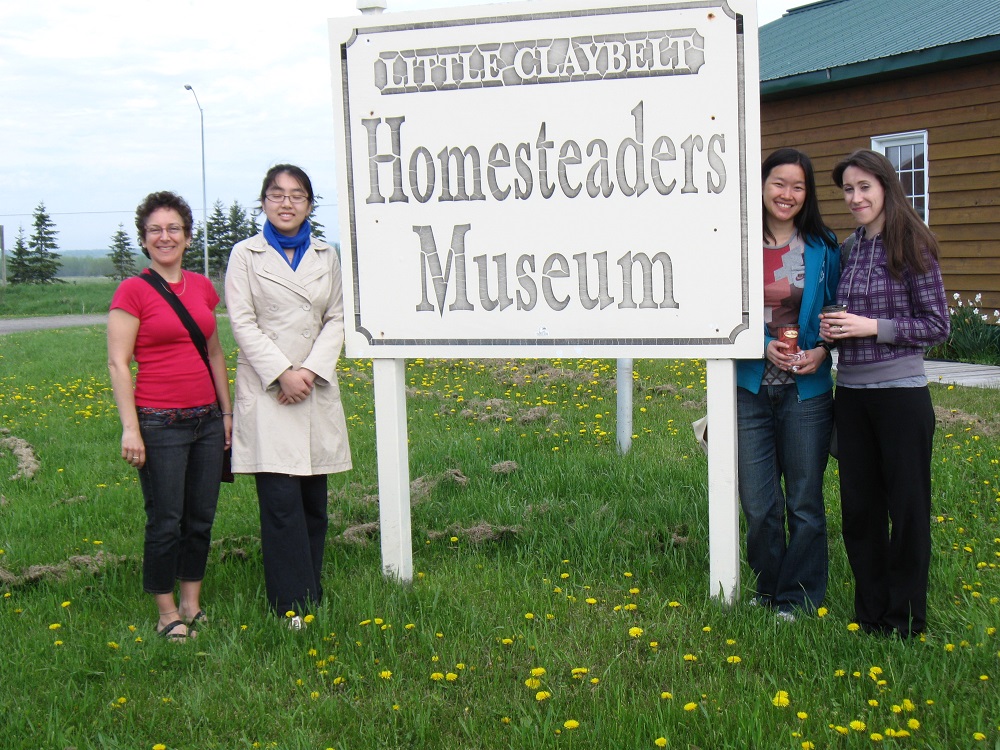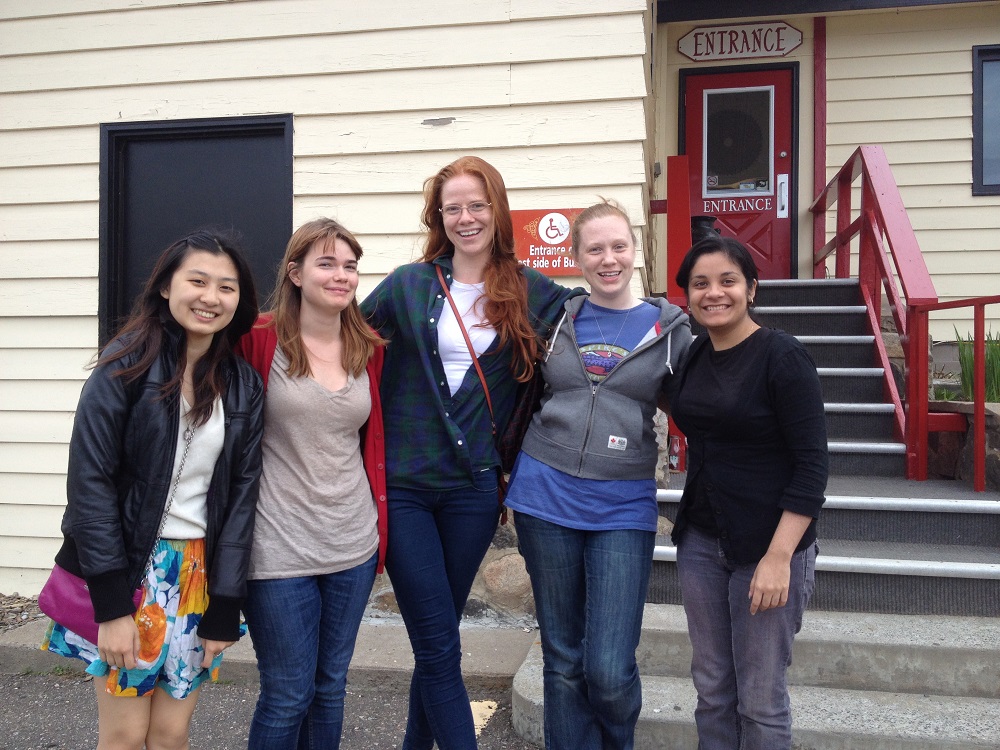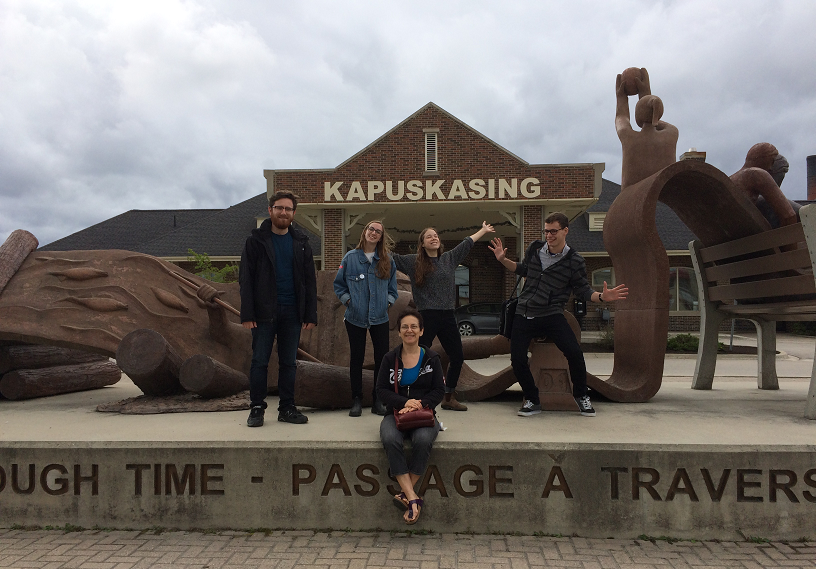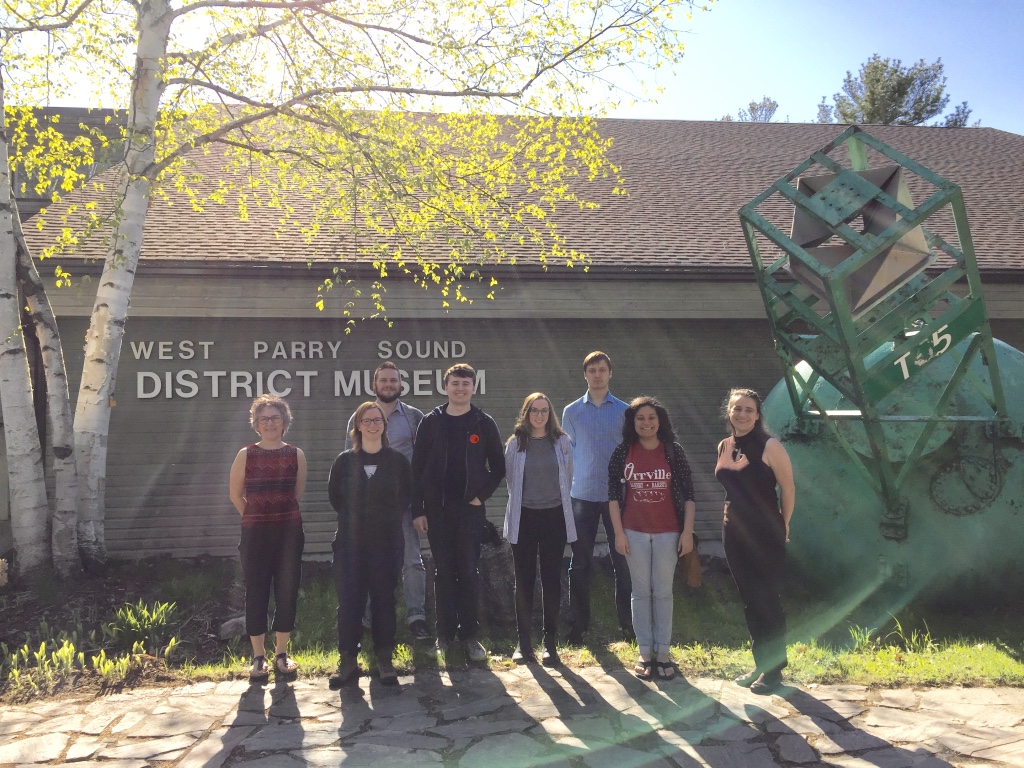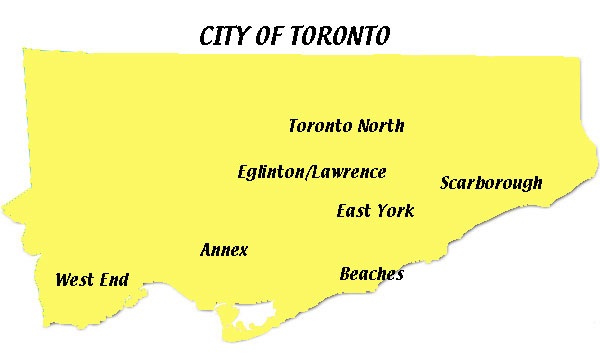Canadian English 2002 to present (ongoing) This program of research is designed to create real time data of Canadian English and conduct comparative analyses that will contribute to knowledge of the linguistic nature and social impact of trends in Canadian English in the early 21st century. The initial goal of the project is to build a new corpus, the Toronto English Archive 2020 (TEA 2020). This sample will be compared to the Toronto English Archive, collected 2002-2006, which comprises 208 oral histories with people born and raised in Toronto aged 9-92. We will replicate this sample nearly 20 years later. Parallel samples taken a generation apart will enable us to measure real time changes that have taken place in the community. As many of the original participants as possible will be included in the new data set enabling us to tap lifespan change, a rare opportunity.
Over the past 20 years, prominent sociolinguists have presented culminating theories about language change, consolidating their research ideas about the nature of change and the magnitude of social and cultural impact on language. These theories can be tested with the proposed TEA 2002-2020 comparisons on the following measures: 1) linguistic patterns, 2) social differences, and 3) the impact of social media. The results arising from the project will enable us to address the extent to which a prominent urban variety (Toronto English) is changing in line with developments in Canadian English more generally and participating (or not) in global change. Moreover, the exceptional opportunity to track linguistic change across lifespan change and in real time during a period of escalating global communication networks and rapid cultural transformation will contribute singular possibilities for answering the most important compelling questions of contemporary Sociolinguistics: what social groups and which individuals propel language change, how do they do it and why, and what can it tell us about the future? Language in Later Life (2018-2022) The language of adults in the transition from work into retirement offers a unique window on language variation and change, as well as socio-cognitive adjustments and experiences in later life. This cross-disciplinary project, in conjunction with Dr. Alison Chasteen's Adult Development Lab, aims to capitalize on this uncharted area and synthesize the cutting-edge tools of two fields of inquiry. In sociolinguistics, the study of language change is fundamentally linked to the human lifespan due to the direct impact that a speakerŐs age has on language behaviour, social identity and social experiences. However, most linguistic research on language change has focused on the histrionic changes that occur in adolescence. Comparatively little research has been done on developments at the other end of the age spectrum. Yet the retirement phase of life also involves dramatic changes, including marked reorganization of social networks and radically shifting patterns of interaction. This type of upheaval is ripe for linguistic change. In social psychology, language has not been a primary focus of investigation. Instead, researchers target the attitudes and perceptions held by older adults and the social prejudices that are levelled against them. Yet later life is fraught with social and cognitive modifications that have only rarely been linked to linguistic behaviour. The question for this study is: Are there measurable changes linguistically and cognitively as adults transition to retirement? If so, what is the explanation?
The three main objectives of this project are to: This will provide a baseline for assessing cognitive decline in aging adults and for gaining a nuanced understanding of language behaviour that can be extended to other phases of the human lifespan. By providing a detailed social and linguistic profile of Canadian seniors, their psychological profiles and their experiences, we will enrich the extant knowledge base. These findings will provide a nuanced understanding of language behaviour in healthy older adults. The project's contribution to general linguistics will be to augment the understanding of how and why changes in language happen. Solid evidence from older adults, in particular, could reshape our thinking about the impact of social and cultural factors at a critical transition in the human lifespan. This project will bring the linguistic wealth of the oldest sector of the population into greater awareness to the public and create new interdisciplinary research. Together these findings can be used as a baseline for ongoing research on the language of later life. Given that this sector of the population is rapidly increasing in North America and many European countries, this study will contribute critical and informed understanding of the linguistic and socio-cognitive nature of aging. The Ontario Dialects Project: A Grassroots Perspective on History, Culture and Change (2010-present, ongoing)
Given the well-known sociolinguistic tenet that language encodes social relations, these factors together suggest that rural Ontario can be expected to be linguistically distinct from urban Ontario. In sum, for academic as well as non-academic reasons, Ontario's many hinterlands presents an ideal context to explore Canada's dialects. Check out our Ontario Dialects Page for an interactive exploration of dialectical words and expressions across Ontario! I would be very interested in hearing from you about words or expressions in your community. Likewise, if you would like to suggest a place that I should visit next, please let me know!
Directions of Change in Canadian English (2007-2010) The Directions of Change (DoC) project seeks to collect and analyze new corpora of Canadian English and, in doing so, contribute new insights into language change. Two types of speech communities are being studied: 1) established populations in rural communities; and 2) Immigrant populations with in Toronto. The DoC project sits on the foundations of The Toronto English Corpus (Tagliamonte, 2003-2006), a collection of sociolinguistic interviews with 'old-line' Torontonians, and the largest corpus of Toronto English ever collected. The main focus will be comparative analysis of features known to be currently undergoing change in Toronto with this data.
The Toronto English Project (2003-2006) The Toronto English project explores how social and cultural changes are taking place in Toronto and in society more generally, and how these are reflected in the way people talk. To do this, we have created a corpus of 'old-line' Toronto English - a record of experiences, memories, and stories about living in Toronto from people who were born and raised here. Currently the corpus consists of 214 men and women between the ages of 8 and 92. Our biggest problem has been finding people who were actually born and raised in the city. Where are they? There are only six areas in the city where non-immigrants represent a sizable part of the population. These are certain wards in the following neighbourhoods: The West End, The Annex, East York, Scarborough, Eglinton/Lawrence, and The Beaches. Our corpus currently contains a sample of speakers from each of these areas. Check out some current findings from Toronto English!
|
